Table of Contents
What is AI?
Artificial Intelligence (AI) refers to the simulation of human intelligence processes by machines, particularly computer systems. These processes include learning (acquiring knowledge and skills), reasoning (making logical deductions), problem-solving (finding solutions to complex issues), and perception (interpreting and understanding the world).
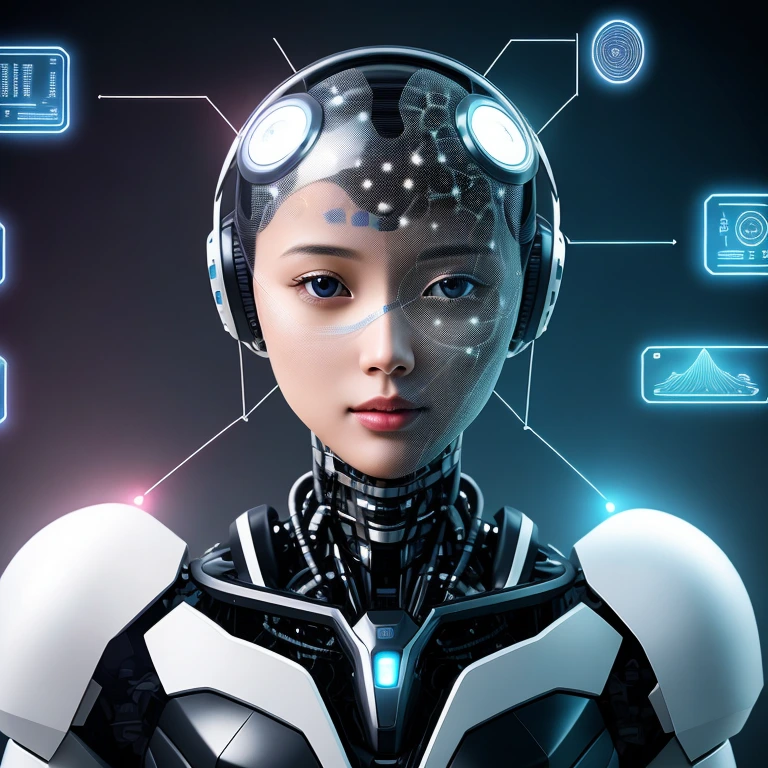
Types of AI
Narrow/Weak AI: This type of AI is designed for specific tasks and is limited in scope. It can perform tasks like language translation, image recognition, or playing games, but it lacks true consciousness or general intelligence.

General AI: Often referred to as strong AI, this is the type of AI that possesses human-like cognitive abilities. It can understand, learn, and apply knowledge across a wide range of tasks, just like a human being.
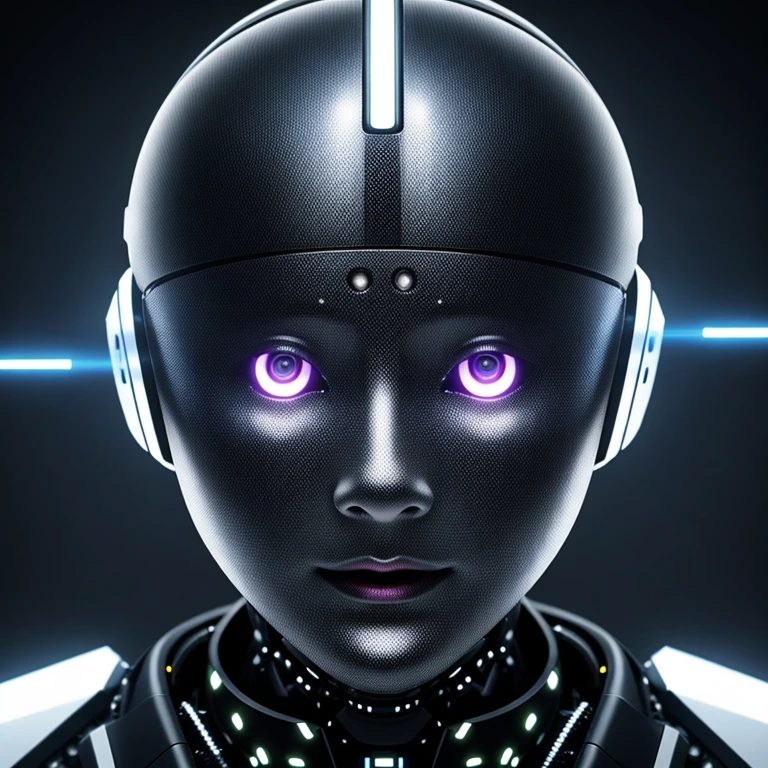
Superintelligent AI: This is a theoretical concept of AI surpassing human intelligence across all dimensions. It’s an area of speculation and debate, and we haven’t reached this level of AI yet.

Machine Learning
Machine Learning (ML) is a subset of AI that involves training a machine to learn patterns from data and make decisions or predictions based on that learning. It’s like teaching a computer to improve itself over time.
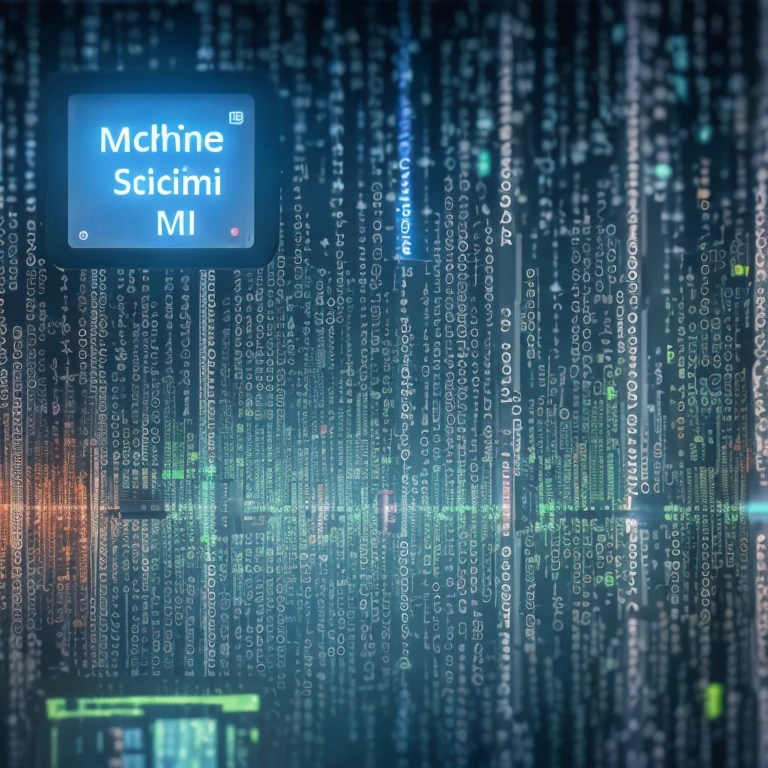
- Supervised Learning: The algorithm learns from labeled data, where the correct answers are provided. For example, it learns to recognize images of cats and dogs with labels.

- Unsupervised Learning: The algorithm learns from unlabeled data, finding patterns or relationships on its own. An example is clustering similar customer groups based on purchasing behavior.

- Reinforcement Learning: The algorithm learns by interacting with an environment and receiving rewards or penalties based on its actions. It’s like teaching a dog new tricks through rewards.
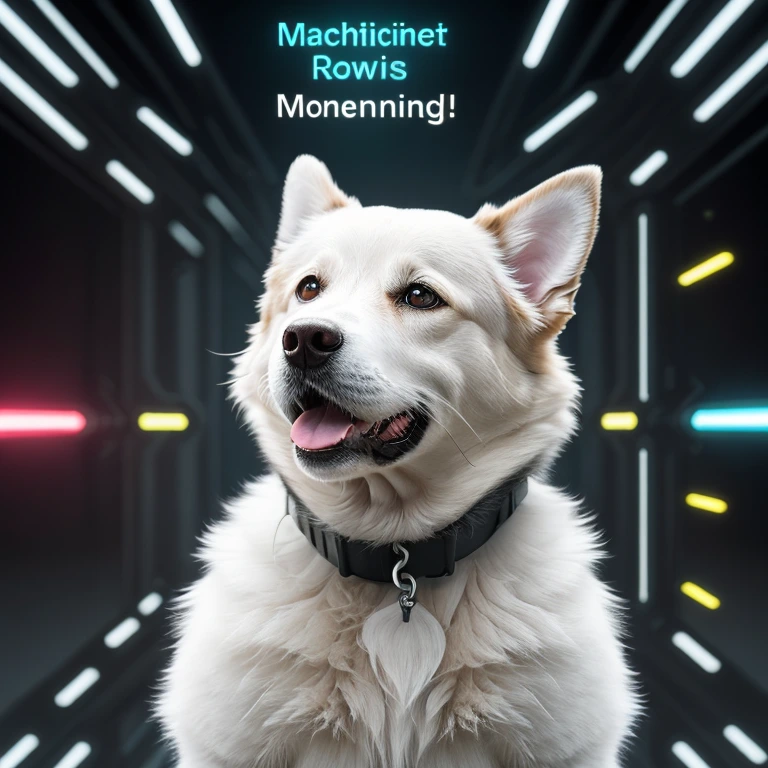
Neural Networks
Neural networks are computational models inspired by the human brain’s structure. They are composed of interconnected nodes (neurons) that process and transmit information. Deep Learning, a subset of ML, uses deep neural networks to learn patterns from vast amounts of data, like images, text, or audio.
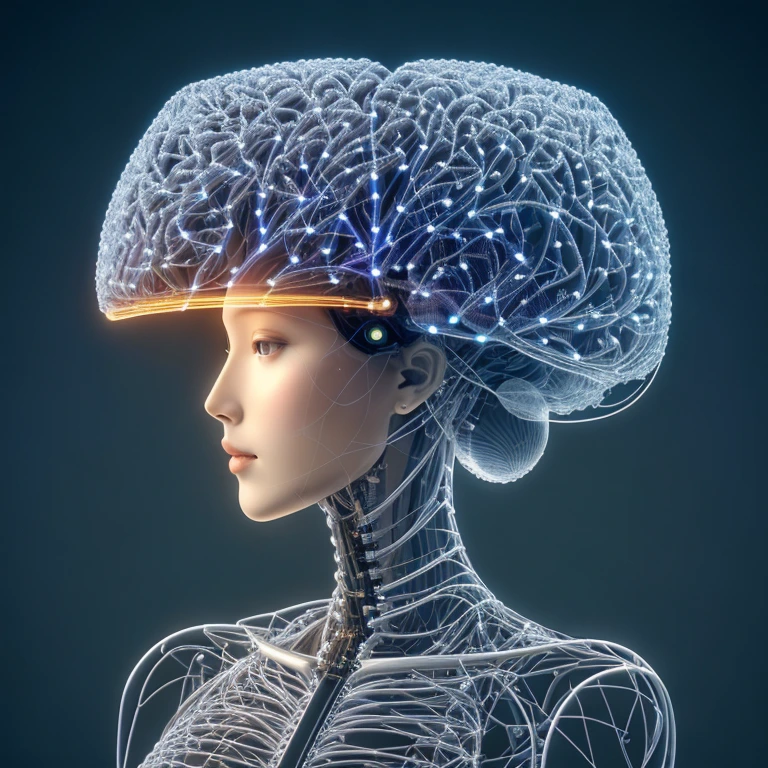
Natural Language Processing (NLP)
NLP is a field of AI focused on enabling computers to understand, interpret, and generate human language. This is the technology behind chatbots like the ones you can experience on many of the tools and pages on this website.

Training Models
Training an AI model involves feeding it a large dataset and allowing it to learn patterns from the data. For instance, training a model to recognize cats involves showing it many pictures of cats until it can identify them accurately.

Ethical Considerations
AI raises ethical concerns such as bias in algorithms, job displacement due to automation, and potential loss of control over superintelligent AI. It’s important to ensure AI is developed and used responsibly.

Getting Started
If you want to begin learning AI, start by understanding basic concepts like machine learning, neural networks, and NLP. Online courses, tutorials, and platforms like Coursera, Udacity, and Khan Academy offer excellent resources for beginners.

Remember, AI is a vast field, so take it step by step, and don’t hesitate to explore and experiment on your own. It’s an exciting journey with limitless possibilities!
Further Reading: Creating an Automated Content Generation Tool using OpenAI API and WordPress API
